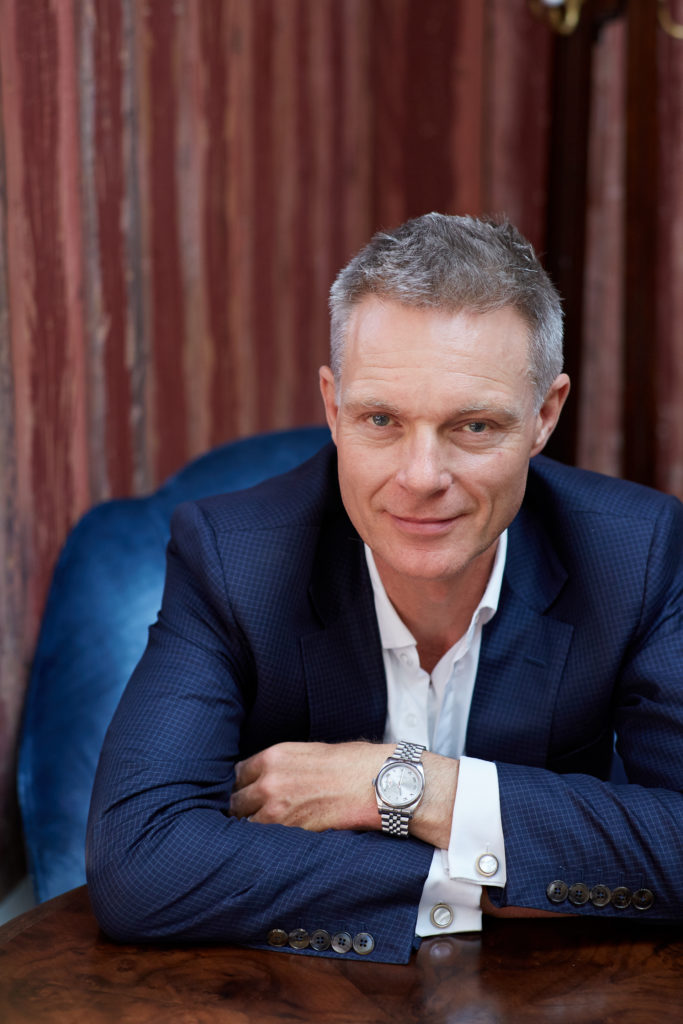The Artistic Director of London’s Royal Academy of Arts is in town at the end of this week. Tim Marlow hasn’t been in the job so long. He got it in 2014. Before that, he was Exhibitions Director at London’s White Cube and a broadcaster, explaining art to mass audiences on radio and television.
The Academy is a piece of work. Launched in 1768, it dominated the British art scene through the late-eighteenth and nineteenth centuries. It was the first British institution to provide professional training for artists. Between 1769 and 1790, Joshua Reynolds delivered his Discourses there, establishing best practice. The Academy is the establishment—elected artists have the right to put the initials RA after their names. Back in the day, they included Turner and Constable, now it’s the likes of Tacita Dean and Phyllida Barlow.
Today, the Academy is empowered and encumbered by its history. It’s one of the art world’s big legacy brands. It still operates as an art school, but it’s mostly known as an exhibition venue. Last year, it enjoyed almost 1.3 million visits. It does big shows with big names—blockbusters are standard. When I was there last month, it had a medium-sized Matisse show and a massive Jasper Johns one. Dalí/Duchamp is up now. Next year, it’s doing a big Oceanic art show, co-curated by Wellington’s own Peter Brunt (Victoria University).
That’s why Marlow’s here. He’s got meetings at Te Papa, which is lending key pieces to the show. But he won’t be spending all his time at the big house. While he’s in the capital, he’ll be giving a public lecture, 250 Years and Still Counting: The Triumphs and Tribulations of a Royal Academy. He’s also running an invite-only masterclass for art-museum people, exploring the challenges and opportunities represented by the comms/curatorial interface. It’s home turf for Marlow, who appears on the Academy website fronting videos like ‘Jasper Johns in Sixty Seconds’. Check it out. Marlow’s lecture and masterclass have been organised in partnership with Te Papa and Victoria University.
—Robert Leonard, Chief Curator



